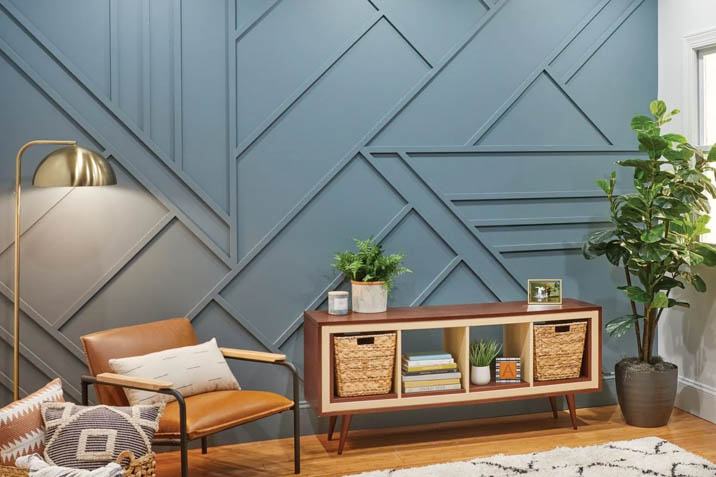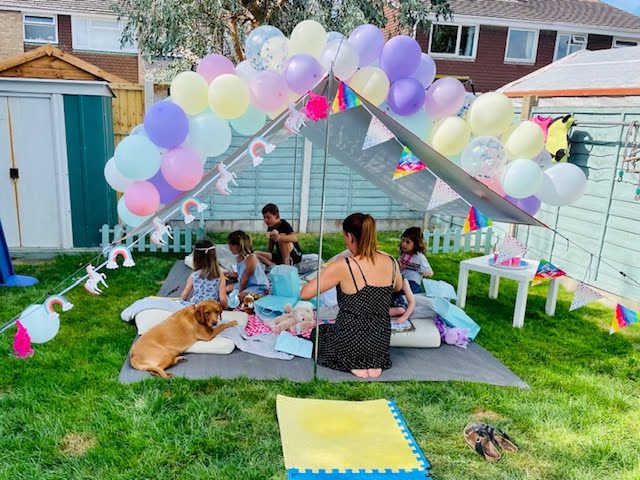Body modification has been a central part of human culture for centuries, with adornments used to represent status, identity, and artistry. In modern times, plugs ear stretching has grown into an increasingly popular form of self-expression, blending heritage with personal creativity. This practice, once reserved for cultural rituals, is now recognised as an evolving art form in contemporary design.
A Tradition Rooted in Culture
The act of stretching the ear has deep roots in human history. Many ancient civilisations, from the tribes of Africa to the peoples of South America and Asia, practised ear stretching for spiritual, cultural, or societal reasons. It often symbolised maturity, strength, or beauty. For example, in some communities the size of the stretch indicated wisdom or social rank. Today, while the meaning may have shifted, the sense of identity tied to the practice remains.
The Modern Artistic Approach
In contemporary art and design, the stretched ear is no longer viewed only through the lens of tradition but rather as a canvas for creativity. Plugs are available in countless styles, ranging from simple organic materials such as wood, stone, and bone to highly polished metals, acrylics, and even glass. Each piece can be plain and understated, or bold and intricate, reflecting personal design choices. The artistry is not only in the stretching itself but also in the creation of the plug, which has become a medium for jewellers and designers to experiment with form, colour, and texture.
Personal Design and Identity
What makes plugs ear stretching such a powerful artistic choice is its ability to reflect individuality. The decision to stretch the ears is often deliberate and deeply personal, representing independence, self-ownership, and confidence. Each stage of stretching becomes a milestone in one’s journey, marking progress in both physical form and identity. The selection of plugs further adds layers of meaning. Some may choose minimal styles that blend with everyday wear, while others embrace vibrant, ornate designs to stand out as a statement piece.
Materials and Craftsmanship
The craftsmanship of plugs highlights the intersection of art and design. Materials play a central role in how they are perceived, both visually and symbolically. Wood may suggest warmth and a connection to nature, stone offers permanence and resilience, while glass gives a sense of clarity and fragility. Many artisans dedicate hours to shaping, polishing, and engraving plugs to achieve an aesthetic that complements the wearer’s vision. This emphasis on detail elevates plugs from accessories to genuine works of wearable art.
Body as a Canvas
Ear stretching underscores the concept of the body as a canvas. Much like tattoos, it challenges the idea that art should exist solely on external surfaces such as paper or canvas. Instead, the body becomes a living, moving, and evolving work of art. The stretching process itself reflects patience and dedication, requiring careful attention and gradual progress. The end result is not only a physical transformation but also an artistic declaration, visible for the world to interpret.
A Contemporary Form of Expression
In today’s art and design culture, plugs ear stretching is seen as more than a trend. It is a dialogue between tradition and modernity, connecting ancient practices with contemporary self-expression. While some embrace it purely for aesthetics, others value it as a symbolic act of reclaiming identity or breaking away from conventional beauty standards. As with all art forms, its meaning is open to interpretation, allowing the individual to redefine beauty and creativity on their own terms.
The Intersection of Fashion and Art
The influence of ear stretching extends beyond personal design into the wider world of fashion and creative industries. Designers often draw inspiration from cultural body art, incorporating its boldness into clothing, photography, and visual projects. The presence of stretched ears in contemporary design showcases how personal adornment can influence broader artistic movements, further blurring the line between fashion and fine art.
Conclusion
Plugs and ear stretching remain an enduring example of how personal adornment transcends utility and becomes art. Rooted in history yet continually reinvented, this practice represents a form of personal design that reflects identity, creativity, and cultural heritage. In the ever-expanding field of art and design, ear stretching is not simply a body modification but a meaningful act of expression — one that transforms both the individual and the perception of beauty itself.





